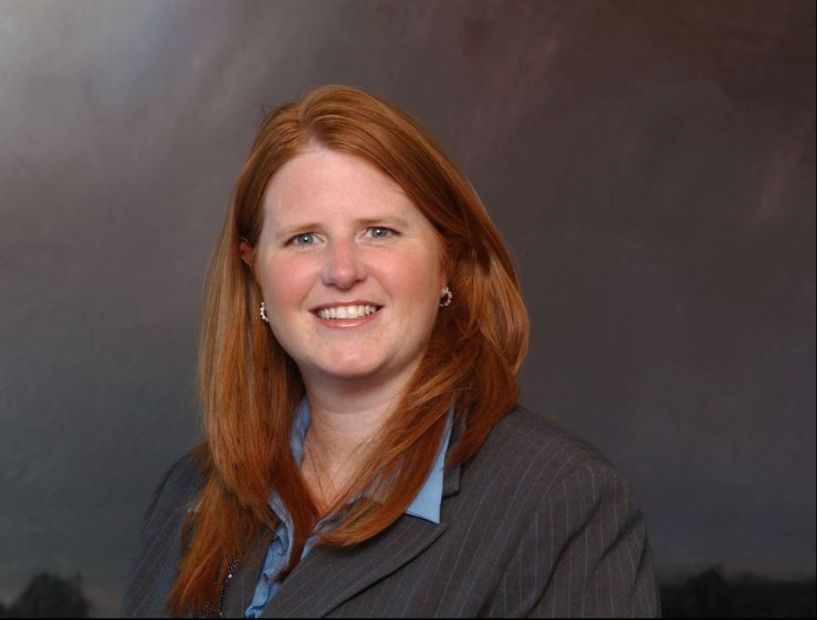DLA Piper Survey: CRE Still Positive After All These Quarters
Results of the global law firm’s 2017 State of the Market Real Estate Survey, released today at its 14th Global Real Estate Summit, verify that most commercial real estate executives remain positive about the future of the U.S. market—for now.
By Barbra Murray
The party in the U.S. commercial real estate market continues; however, as results of global law firm DLA Piper’s 2017 State of the Market Real Estate Survey indicate, the crowd is peering over its shoulder, wondering when the fete’s inevitable end will come. The majority of respondents to the survey, which DLA Piper released at its 14th Global Real Estate Summit today in Chicago, continue to be very bullish on the market for the next 12 months. Numbers tell the story—and there’s much more to the story.
“People are still relatively optimistic about the 12-month outlook for U.S. commercial real estate, but that optimism is starting to decrease, with 60 percent of this year’s respondents being bullish, a slight decline from last year’s 62 percent and the first dip since recovery began,” Barbara Trachtenberg, head of DLA Piper’s Boston real estate practice, told Commercial Property Executive. The source of the slight decline, according to DLA Piper, could be partially attributed to the recent political turbulence, but the more probable cause is reality; industry veterans keep in mind that strong economic cycles don’t typically last longer than seven years.
Still, there’s good reason for industry players’ ongoing confidence. Forty-five percent of respondents pointed to plentiful debt and equity capital as cause for continued optimism, while 35 percent cited the strength of the economy. Among the bearish pack, 53 percent pinned the cause of concern on domestic political and geopolitical uncertainty, while only 15 percent placed the blame on increasing interest rates, despite the fact that 92 percent of respondents expect interest rates to go on the upswing in the next 12 months.
Top sectors, top sites
While the apartment sector continues to thrive across the country, its status as the industry favorite remains in the past. Of those who shared their views in the survey, 56 percent said healthcare presents the most attractive opportunity for real estate investors in the next 12 months. Industrial was a close second with 53 percent, followed distantly by data centers (which didn’t rank at all in 2016) and industrial tying at 31 percent.
“Reports of the successes of early entrants into the data center market, the continued focus on the Internet economy and the ever-growing importance of logistics to serve that economy are pushing industrial and data center up. But that means that other asset classes are declining in popularity,” said Trachtenberg. “Downtown office was the sixth most attractive opportunity to investors in the next 12 months, beating only suburban office, hotel and retail. With the growing popularity of urban corporate headquarters to attract and maintain the best talent, I would have expected that rank to be higher.” Retail brought up the rear with only 9 percent of respondents selecting the sector as the most promising.
And again, it’s the year of the non-gateway cities. Investors turned their focus away from gateway cities in 2016, and their sentiment has carried over into another year. The reason for the preference, Trachtenberg speculated, “likely results from the intense competition for high-quality assets in gateway cities, where US investors often can’t compete with foreign investors on pricing.” Survey participants were asked to select the top three non-gateway cities they expect to perform best in the upcoming year, and Austin and Seattle topped the list, each garnering 45 percent. Denver and Nashville followed at 33 percent each, and Dallas/Fort Worth took the number five spot with 18 percent.
The U.S. commercial real estate market’s ongoing appeal isn’t just domestic. As Trachtenberg noted, “The United States continues to be perceived as a safer place to invest for foreign investors, with 70 percent of respondents expecting foreign direct investment to be strong in the second half of 2017 and 32 percent expecting foreign investors to be the most active investors in U.S. real estate in the coming year.”
Image courtesy of DLA Piper
Keep up with our 2017 DLA Piper Conference coverage.








You must be logged in to post a comment.